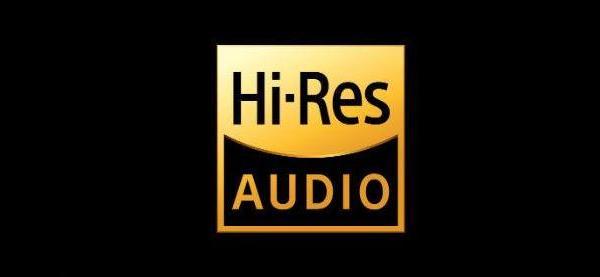Is My Audio Setup Hi-Res Ready?

Q I’m interested in hi-res audio but am not sure if my current system can cut it. Here’s what I have: Integra DTR-40.3 AV receiver, GoldenEar Technology Triton 2 speakers, Macbook computer. I’m using iTunes for playback and am running an optical cable from the computer to the Integra. Here’s my question: Do I need a DAC to connect the Macbook to the receiver, or can I just continue to use the optical hookup? —Michael Skrzat / via e-mail
Q You have most everything you need for hi-res audio—minus the right playback soft ware and a DAC. Much hi-res music available online is in the FLAC format, which isn’t supported by iTunes. So if you want to play those files in their native format without having to first convert them to another format like WAV or AIFF that iTunes does support, you’ll need to invest in media playback soft ware that’s both Mac- and FLAC-friendly. Popular free soft ware includes Vox and VLC. Paid software includes JRiver and Fidelia. Other options include Audirvana, BitPerfect, and PureMusic, all of which operate in Tandem with your iTunes library and automatically switch your Mac’s audio setup to the right settings for either high- or standard-res playback.
As for DACs, you’ll need one with a USB port, which has become a standard feature on most new models. Along with decoding native high-res FLAC files, another benefit many USB DACs offer is asynchronous data transfer, which enables the timing clock in the DAC to process the audio data instead of the computer’s own clock. This feature will improve sound quality not just for high-res FLAC files, but also for regular tracks in WAV, AIFF, and compressed audio formats.





























































